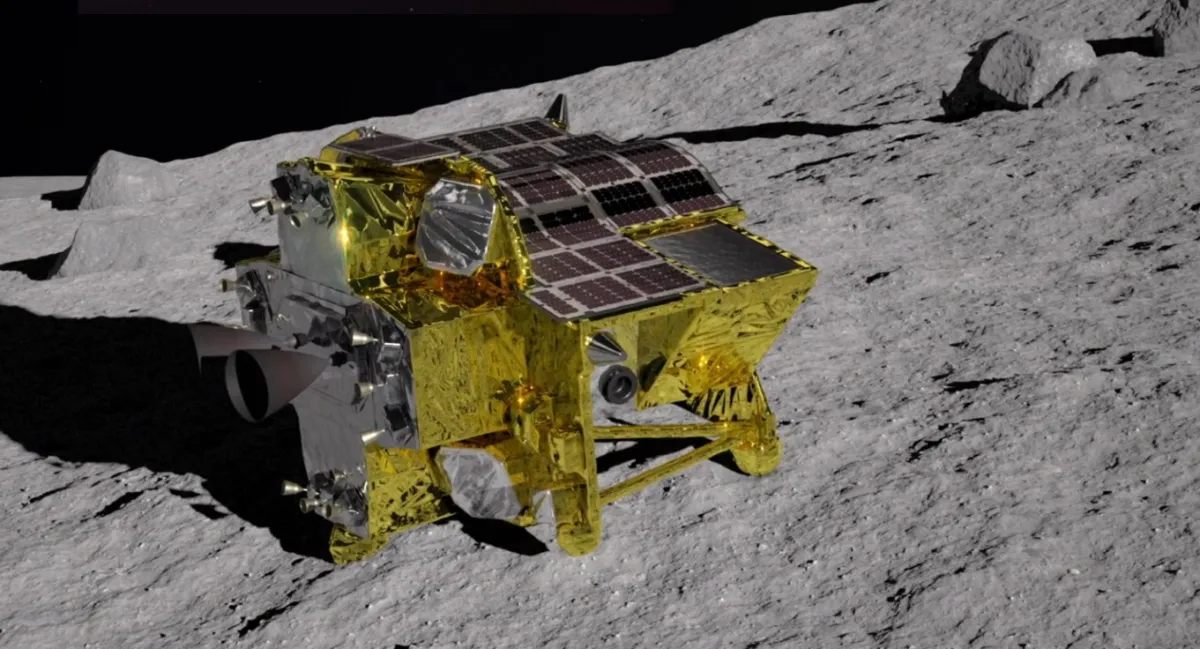The SLIM spacecraft remained in contact with Earth for 2 hours and 37 minutes after its landing on the moon, after which mission specialists had to turn it off. This is said in a statement by the Japanese Aerospace Exploration Agency (JAXA).

SLIM landed on the moon on January 19th. However, this achievement was overshadowed by the fact that, after landing, its solar panels were unable to generate energy. Most likely, this was due to the overturning of the module and/or the terrain at the landing site. Because of this, JAXA was limited by the energy reserve available on board the probe. It was used to collect and transmit data from the probe’s instruments to Earth.
When the charge level dropped to 12%, the specialists turned off the probe. This was done in the hope that SLIM would be able to “come to life” in the coming days. According to telemetry data, the solar panels of the spacecraft are facing west. This position means that now they are not illuminated by the Sun and cannot generate electricity to power the spacecraft.
At the same time, during the local day, the position of the Sun in the lunar sky changes. This gives hope that, after a while, it will illuminate the photovoltaic panels of SLIM, and they will begin to generate energy. In this case, the engineers plan to reactivate the vehicle and continue the scientific program. They have a little more than a week left. The sunset over the Shioli crater will take place on January 31.
In addition, JAXA plans to hold a press conference on January 25. Images taken by SLIM before and after landing will be published on it, as well as whether the spacecraft managed to complete its main task. Recall that the main purpose of the mission was to demonstrate high-precision landing technology. SLIM was supposed to land within 100 meters of the selected point on the slope of Shioli crater.
Earlier, we talked about the failure of another lunar probe, Peregrine, which burned up in the earth’s atmosphere.
According to https://spacenews.com
Follow us on Twitter to get the most interesting space news in time
https://twitter.com/ust_magazine


